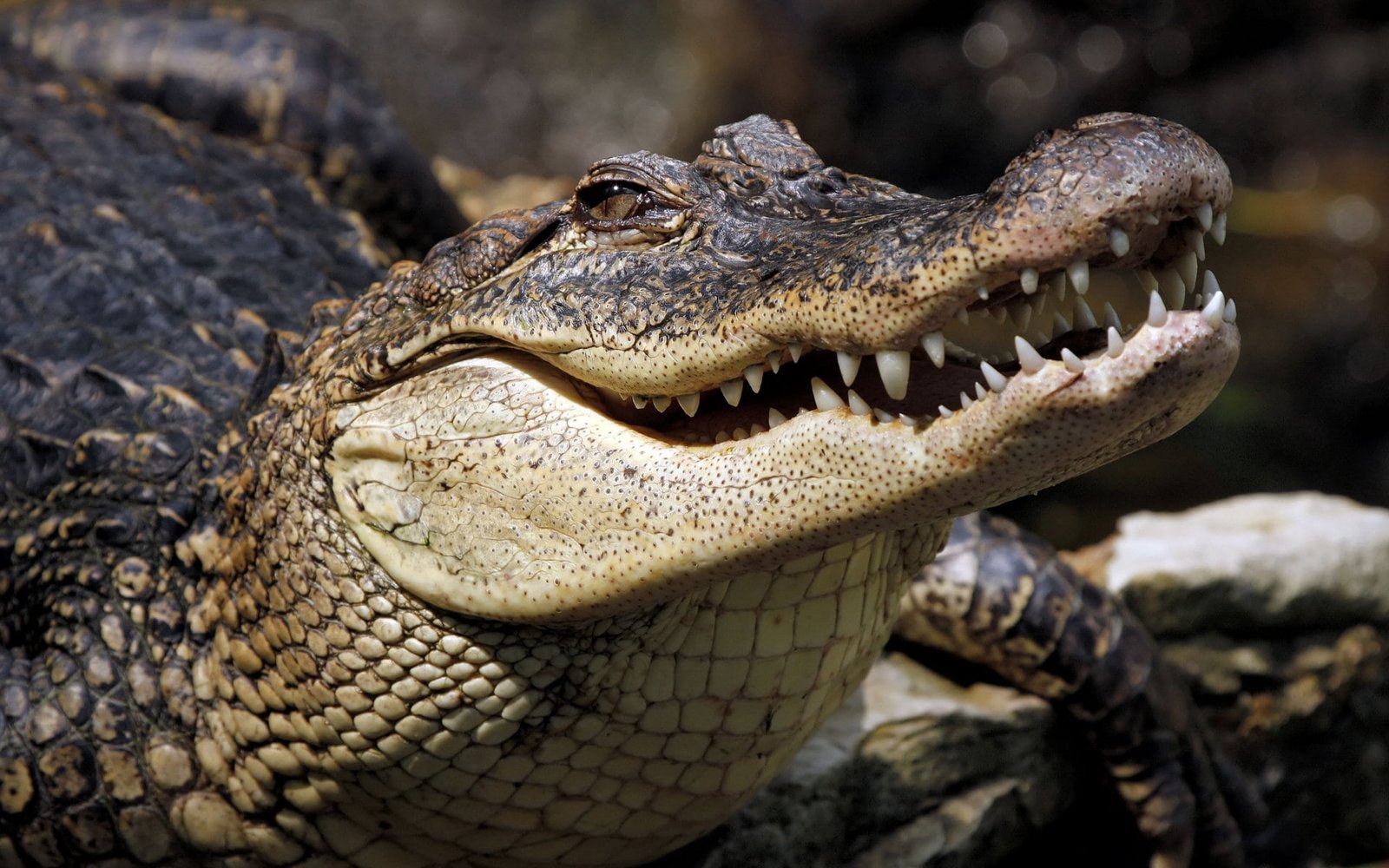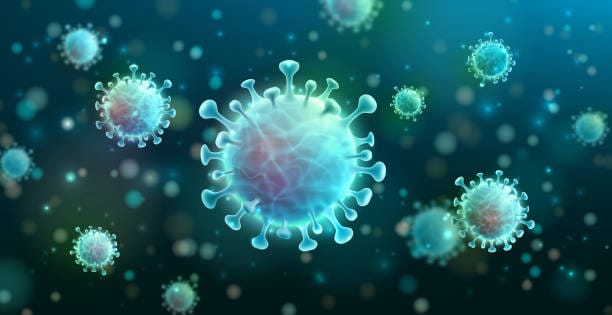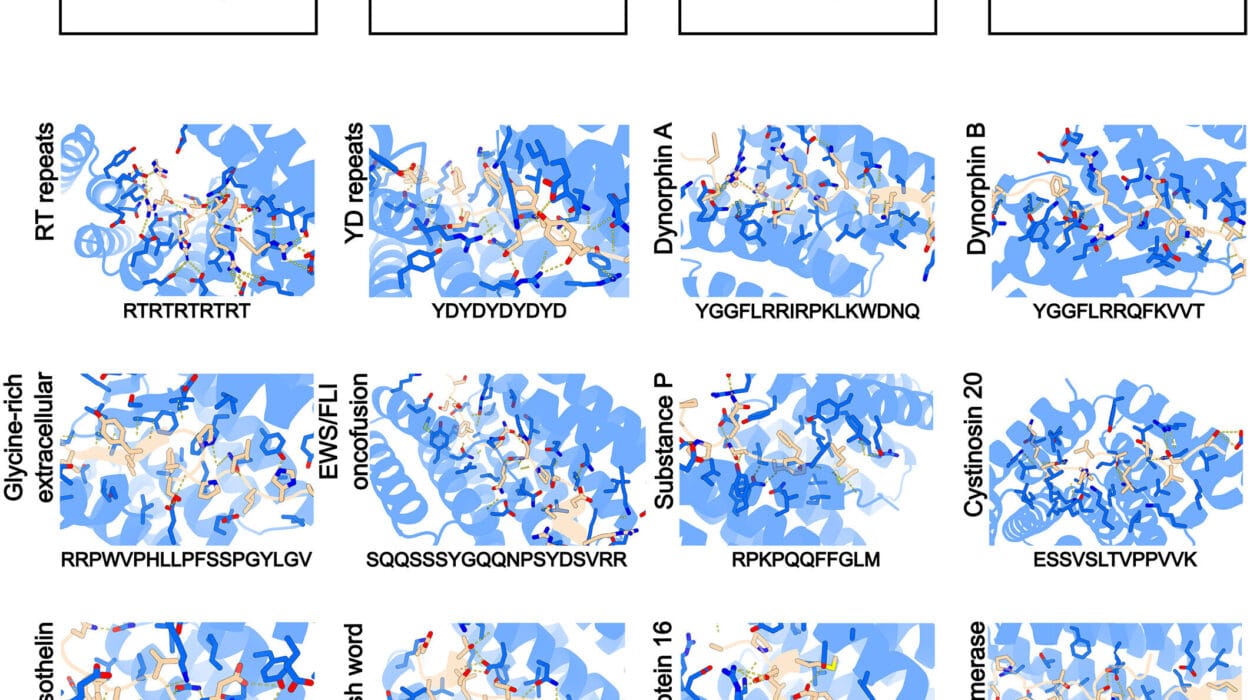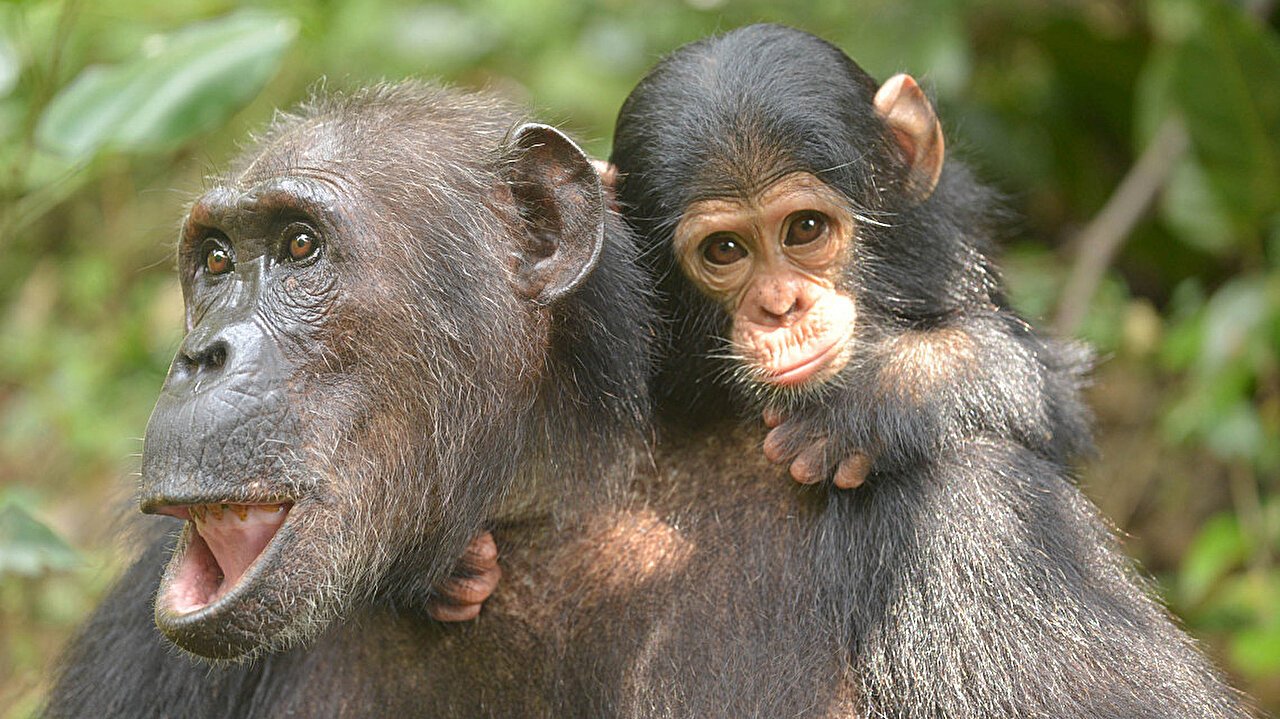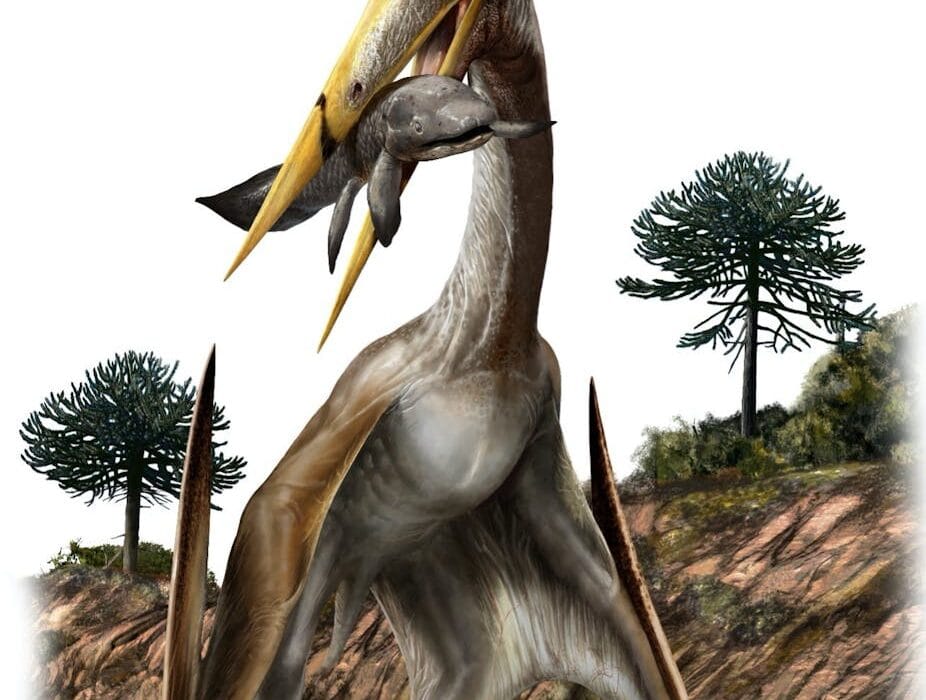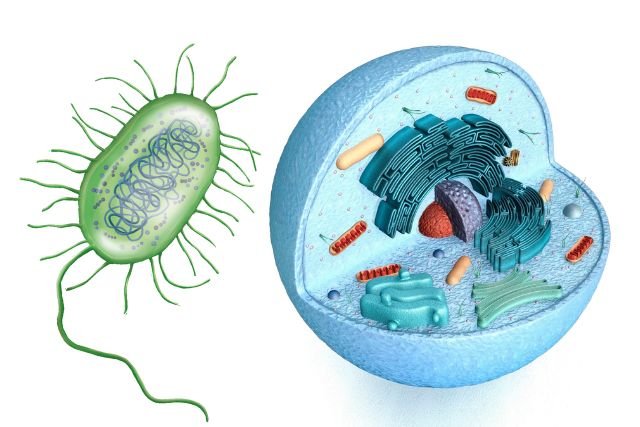For centuries, scientists and philosophers have marveled at the breathtaking diversity of life on Earth. From the iridescent feathers of a peacock to the intricate patterns on a butterfly’s wing, the natural world showcases an astonishing variety of shapes, textures, and forms. But what controls these endless variations? Ask most people—or even most scientists—and the immediate answer will likely be genetics. After all, we’ve come to understand DNA as life’s instruction manual, the ultimate blueprint behind the beauty and complexity of living things.
Yet, while genetics plays a starring role, it isn’t the whole story.
An eye-opening study from a multi-disciplinary team at the University of Geneva (UNIGE), published in Nature, reveals an entirely different actor in the drama of life’s diversity: the physical forces at work during development. By combining keen observations of crocodile embryos, state-of-the-art imaging, and powerful computer simulations, the team discovered that the iconic, rugged scales on a crocodile’s head are not sculpted primarily by genetics. Instead, they emerge through the mechanics of growing tissues, akin to the way cracks spread through drying mud or folding develops in cooling lava.
This groundbreaking research sheds light on an age-old mystery: What gives rise to the incredible morphological diversity of living organisms? And the answer is far more fascinating—and complex—than we ever imagined.
Beyond DNA: The Puzzle of Life’s Diversity
The variety of shapes and structures found in animals has long been attributed to the orchestration of genetic instructions, where molecules signal cells to grow, divide, and differentiate in specific ways. This paradigm suggests that genes are the sole architects of morphology—the outward forms we see in nature.
But scientists like Michel Milinkovitch, professor in the Department of Genetics and Evolution at UNIGE, have been asking deeper questions. Milinkovitch’s laboratory focuses on the development and evolution of vertebrate skin appendages—feathers, hairs, scales—to understand the fundamental processes that drive their diversity.
And it turns out that mechanics—not just molecules—play a profound role.
Cracks in the Code: A New Look at Crocodile Scales
Previous work by Milinkovitch’s team revealed an intriguing clue: while body scales on crocodiles develop through typical molecular pathways, the scales on their heads emerge through a process resembling the cracking of a solid surface under stress. Imagine the dry surface of a desert lakebed, where the earth buckles and splits into irregular patterns as it contracts under heat. Something similar, they suspected, was happening as crocodile embryos developed their distinctive head armor.
But how exactly? The nature of this process remained elusive.
Now, thanks to their latest work, we have a clearer picture.
Watching an Ancient Reptile Develop in Real-Time
To unravel the mystery, the UNIGE team meticulously observed the embryonic development of Nile crocodiles—ancient reptiles whose ancestors walked with dinosaurs. Their gestation period spans around 90 days, offering ample time to witness their skin transform.
Until day 48, the skin over the developing jaws is smooth and unremarkable. But just a few days later, around day 51, something remarkable happens. Tiny folds appear, rippling across the skin’s surface. These folds then spread and intersect, ultimately organizing into irregular, polygonal scales. On top of the snout, large, elongated scales dominate, while smaller scales appear on the sides of the jaws.
What’s driving these changes? The scientists found that differential growth—where the outer skin grows faster than the underlying tissue—creates mechanical stress. Unable to expand freely, the skin buckles and folds, much like fabric crumples when stretched unevenly.
But observation alone wasn’t enough to confirm this. So the researchers devised a clever experiment.
A Hormone Unlocks Evolutionary Clues
To test their hypothesis, the team injected crocodile eggs with epidermal growth factor (EGF)—a hormone known to stimulate skin cell growth and stiffness. This was a risky endeavor: crocodile embryos are delicate, and their eggs are not easy to manipulate. But the gamble paid off.
As the embryos developed, the scientists observed dramatic changes. The skin folds, which normally form irregular polygons, instead arranged themselves into complex, labyrinth-like networks, eerily resembling the folds of the human brain.
Even more fascinating, when these EGF-treated crocodiles hatched, their skin relaxed into a different pattern altogether: smaller, more uniform scales, similar to those found on the spectacled caiman, a cousin of the Nile crocodile. The implication? By tweaking the mechanical properties of the skin—its growth rate and stiffness—the team could replicate the natural diversity of scale patterns seen across different crocodilian species.
“It was astonishing,” said Gabriel Santos-Durán and Rory Cooper, postdoctoral researchers and co-authors of the study. “We saw, in real time, how small shifts in mechanical parameters could lead to big changes in morphology.”
Simulating Evolution in 3D: The Power of Computer Modeling
While physical experiments offered compelling evidence, the team wanted to push further. They used light sheet microscopy, an advanced imaging technology, to gather detailed data about the growing crocodile heads. This technique provided high-resolution, three-dimensional views of the embryo’s tissues—the epidermis, dermis, and even the collagen fibers weaving through the skin.
With this data in hand, Ebrahim Jahanbakhsh, a computer engineer on the team, built a sophisticated 3D computational model of crocodile jaw development. By adjusting variables such as the skin’s growth rate and stiffness, the team could simulate how these factors influenced the formation of scales.
The results were stunning. The simulations accurately recreated the different head scale patterns found in Nile crocodiles, both treated and untreated with EGF, as well as in the spectacled caiman and American alligator. It was a powerful demonstration that mechanical forces alone—without invoking complex genetic instructions—could explain the morphological diversity of these ancient reptiles.
“These simulations show that tissue mechanics can account for much of the variation we see,” Jahanbakhsh explained. “We don’t always need complicated molecular pathways to explain how different shapes emerge.”
Rethinking Evolution: What Shapes Life?
This research invites a major rethink of evolutionary biology. For decades, scientists have focused primarily on genetic mutations and natural selection as the engines of evolutionary change. But this study shows that mechanical forces—simple physical laws governing how tissues grow and respond to stress—can also drive morphological diversity.
Variations in how fast skin grows, how stiff it becomes, and how it interacts with underlying tissues can create a dazzling array of shapes, independent of genetic change. This insight has enormous implications, not just for understanding crocodiles, but for deciphering the development and evolution of all living organisms, from birds and mammals to fish and amphibians.
“It’s a profound shift in how we think about the evolution of form,” Milinkovitch said. “Evolution doesn’t always have to invent new genes or pathways. Sometimes, it just has to tweak the physical properties of tissues.”
The Mechanics of Life: A New Frontier
The UNIGE team’s discovery adds a powerful tool to the biologist’s toolkit. It bridges the gap between genetics and physics, offering a mechanical lens through which to view life’s endless variety. It also opens exciting new avenues of research. Could similar mechanisms explain other structures, like feather arrangements, horn shapes, or the folds of the brain?
The possibilities are vast. If mechanical forces are as influential as this study suggests, they may be responsible for shaping life in ways we’re only beginning to appreciate.
Final Thoughts: Cracking Nature’s Hidden Code
As we continue to explore the secrets of life’s diversity, one thing becomes clear: nature’s designs are not solely dictated by genes. They are also molded by the subtle, elegant dance of physical forces—forces that crack, fold, and shape tissues into forms both functional and beautiful.
The crocodile’s head scales, it turns out, tell a much deeper story than we ever imagined. They are nature’s own origami, shaped by the physics of growing tissues as much as by the language of DNA. And in this intricate interplay between genetics and mechanics lies the key to understanding life’s astonishing variety.
As Milinkovitch’s team has shown, sometimes to understand how life works, you don’t just read the genetic code—you also have to watch how it folds.
Reference: Michel Milinkovitch, Self-organized patterning of crocodile head scales by compressive folding, Nature (2024). DOI: 10.1038/s41586-024-08268-1. www.nature.com/articles/s41586-024-08268-1
